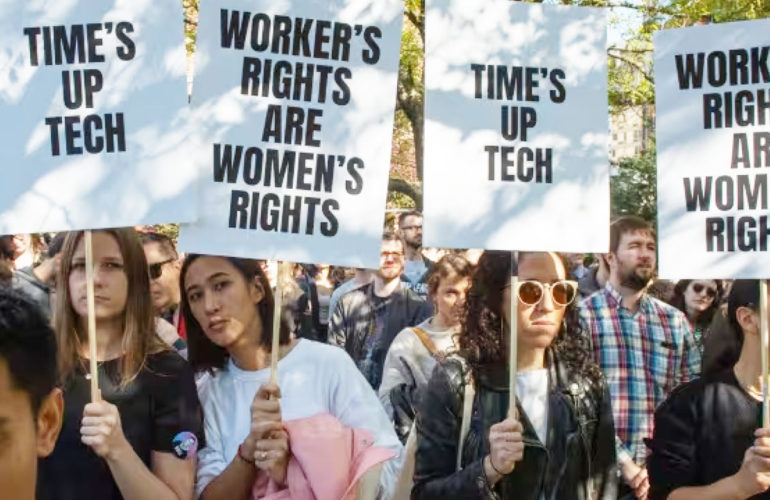Before I dive into the implications of Richard Thaler’s work (it did “nudge” the Nobel Committee recently to hand him a Nobel Prize in Economics) for HR, allow me to share my standard disclaimer: I have been following Thaler’s work from a distance (through popular books like Nudge and Inside the Nudge Unit) and am not really conversant with his academic contributions to Behavioral Economics. Therefore, it is quite possible that his books (I wish I was conversant with his academic output too) and the recent “recognition” have “nudged” me into writing this piece.
First things first: What is common to Thaler’s work and HR? The Holy Trinity / the Holy Trimurti of Human Behavior – Understanding, Prediction and if possible, “benevolent” Regulation. If Thaler helps us to understand (to an extent) the type of economic decisions people are likely to take when faced with certain choices, I must say, HR has long grappled with the idea of not just Understanding employee behavior but also Predicting it across an amazing variety of situations/events in the hope of Regulating it (truth be told, rather sloppily). BTW, Thaler’s work could have helped even large-scale social engineering programs like Demonetization and GST rollout – for this piece though, i will stick to HR.
If you don’t believe me, try and listen to conversations that your internal HR people have when: reviewing changes in Canteen Policy, responding to unofficial news about Structuring/Restructuring floating through the official grapevine, discussing employee reactions to announcements about Proposed Mergers & Acquisitions in the popular press, working out the employee fallout from a Performance Management System tweak/redesign, developing a new Compensation & Benefits program for the sales force, framing CEO Communication agenda, finalizing a Town Hall meeting, communicating the introduction of Assessment & Development Centers, launching an Employee Engagement Program – the list is endless.
Now it doesn’t take much imagination and a wee bit of research – ask a handful of employees, to figure out how HR has been handling some of the situations that I have listed. I am tempted to list loads of employee horror stories here, but I will be charitable – there is no point in flogging a dead horse.
So let’s look at some of the employee experiments that HR may have got right and where Thaler’s work (particularly in the area of “choice presentation”) offers more promise. Many HR professionals have tried to bring down wastage of food served during lunch/break hours, in their own innovative style – at times by tweaking the type and number of choices available and at times, by re-configuring the ambience/space. Through such measures, to use Thaler’s terminology, HR professionals are trying to redesign the “Choice Architecture” – the range of “choices” available to employees in the situation, to achieve a “desired” behavioral outcome – in this case, waste reduction.
At Google, they redesigned the size of the plate (made it smaller) – substantially bringing down the number of times the employee would visit the serving area to refill the plate. Google tweaked the “Choice Architecture” – the different ways in which choices are presented to achieve certain “desirable” outcomes, and made sure guilt and shame would kick in to regulate employee behavior. BTW, Google is silent about the number of complaints that may have gone up after the experiment – as that “outcome” is an undesirable one! At one hotel, when having lunch with workshop participants, I discovered the serving table was located at quite some distance from the dining area. Also, the plates that we had were quite heavy. Apparently, the Restaurant Manager (not an HR Professional) had a copy of Thaler’s book.
BTW, it is quite common for an HR Department to set up a Scoreboard near the canteen area to show how many kilos of food have been wasted a day before and so on. Obviously, such loud displays help control the menace to an extent. However, at one place, I discovered a young engineer who tried something different – he decided to stick graphic photos of poor children dying of hunger right next to the serving area. Consequently, people got the message and while some folks attributed their loss of appetite to the pictures, some said it made them more sensitive about the quantity of food they loaded on their plates.
I am not sure whether the engineer was familiar with Thaler’s work, but he was using a nudge that’s classified as Reminders – strong jolt to help overcome inertia, procrastination, competing obligations or forgetfulness. And while Thaler talks about the “fly painted in the men’s urinal” (you don’t have to visit the loo at Amsterdam Airport to see this “marvel” – these urinals with flies painted into them are popping up across India) as an instance of reminding men to avoid “spillage” and keep the place clean, our desi engineer used a shocking Reminder to help people lining up for food to act responsibly.
Now, if you have read this far – I am sorry to say, I will be sharing some more of Thaler’s work and what it means to the HR fraternity, in my next post! BTW, if you liked this one and are looking out for the next post, I have been partially successful in using one of Thaler’s nudges – more of that in the next one!





